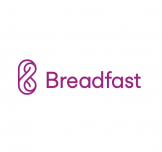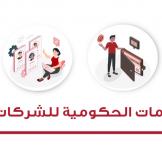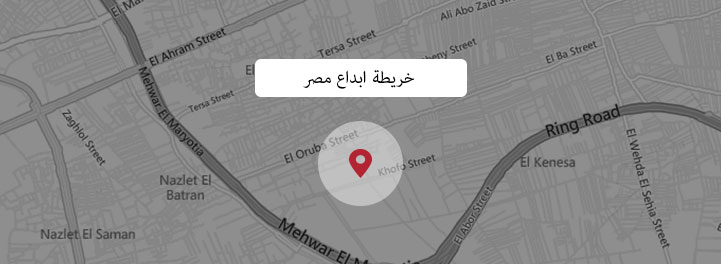أنت هنا
Upgrade from a Pilot to a Prototype – Now!

It could be about semantics. Or not. A pilot is not a prototype.
It is my strong belief that innovation success derives from prototype initiatives that are carefully planned, properly funded or staffed, and supported from beginning to end by senior executives seeking breakthrough bounties.
So what is a pilot? Websters’ Dictionary under definition #5 says “a television show produced and filmed or taped as a sample of a proposed series.”
Now let’s check out Prototype: “a first full-scale and usually functional form of a new type or design of a construction.”
In my 25+ years of enterprise transformation work I have witnessed countless unsuccessful Pilots of technology, software, business process or re-engineering solutions. What’s the pattern? What explains the failure frequency?
I believe the answer lies in the very definition of a Pilot. A pilot tests a value or benefit assertion. A pilot is intended to prove out — to validate – an expected or anticipated outcome. Little room is afforded for the new, for experimentation or Design. In short, some of the failure attributes are:
- Insufficient planning or mapping towards desired benefits; perhaps no explicit Value Proposition
- A short performance runway (30-60 days)
- Possibly, inadequate executive sponsorship or commitment
- Under-funding of the project, under the thesis that a Pilot should be free
Innovation is NOT free. A free pilot is worth precisely what was paid for it, and often less (when all costs are factored in).
"Prototypes are another world for me. They are the better pathway to innovation."
A prototype compels an organization to invest in the design of an end-state experience that is most likely to achieve sought-after benefits, then create and operate an experiment to seek to reach that end-state. Prototypes are rife with “experimentation” mindset. Some outcomes or benefits may be a complete surprise; others may roughly align with expectations. It is less a matter of validation and more a matter of creating new possibilities.
In sharp contrast to a Pilot, a Prototype is characterized by:
- Substantial up-front planning to contemplate a desired end-state, and all steps/jobs to get there
- A longer, safer performance runway (100 days or more)
- Transparent executive sponsorship towards attainment of a large “prize”
- Because IT matters, proper funding and resources are assured
Indeed the distinctions are subtle if not slight. But they do matter. Because Innovation is a business process capability, I will always advocate a thoughtful, deliberate approach to Innovation experimentation versus the quick, easy, arguably free and often failure-prone Pilot approach.
It’s your choice. It’s your career. It’s your shareholder’s capital. Make the right decision!

































































موقع إبداع مصر غير مسؤول عن مضمون التعليقات